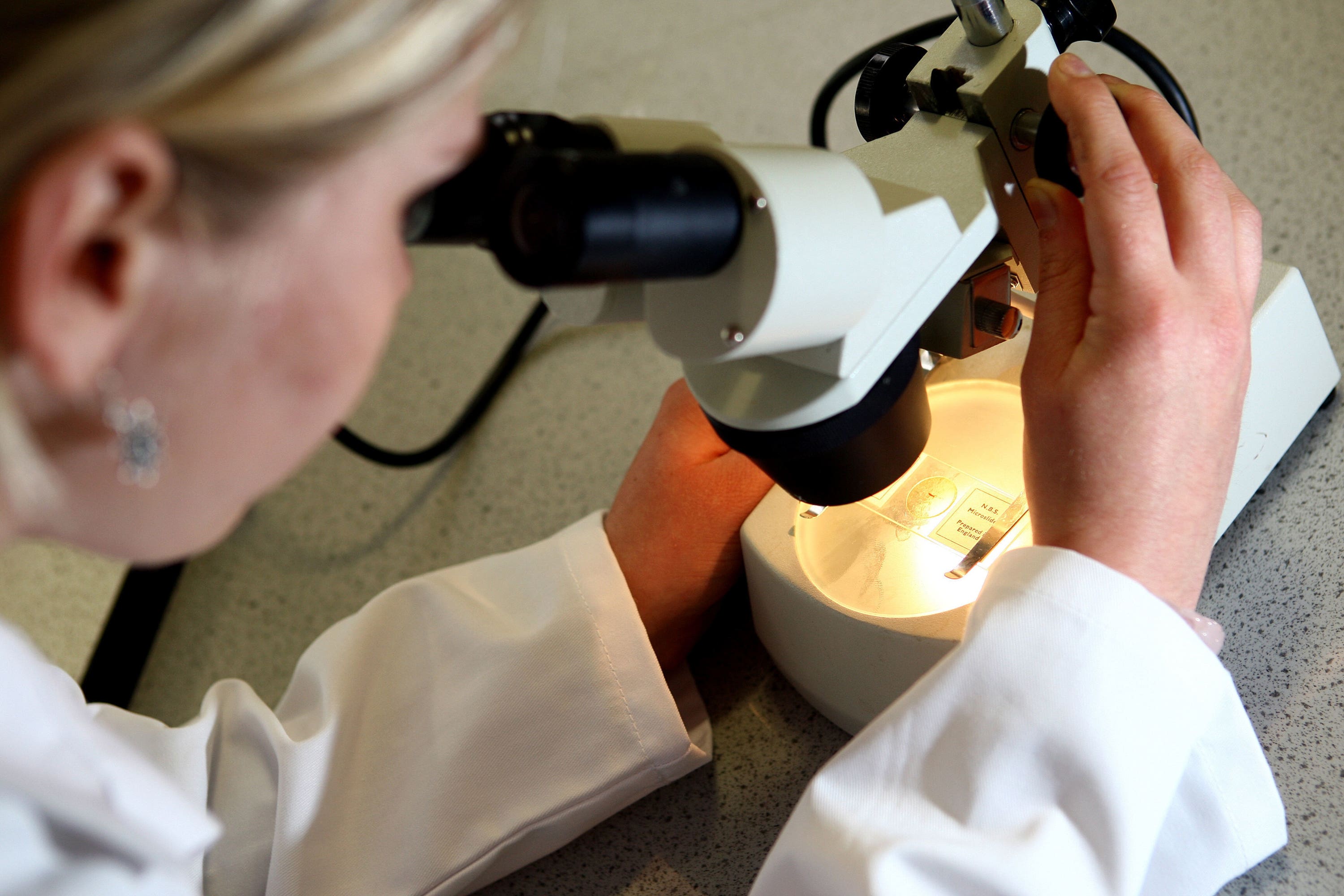‘Hidden’ bacteria could explain chronic urinary tract infections
Researchers developed an artificial bladder to observe the behaviour of pathogens.

Your support helps us to tell the story
From reproductive rights to climate change to Big Tech, The Independent is on the ground when the story is developing. Whether it's investigating the financials of Elon Musk's pro-Trump PAC or producing our latest documentary, 'The A Word', which shines a light on the American women fighting for reproductive rights, we know how important it is to parse out the facts from the messaging.
At such a critical moment in US history, we need reporters on the ground. Your donation allows us to keep sending journalists to speak to both sides of the story.
The Independent is trusted by Americans across the entire political spectrum. And unlike many other quality news outlets, we choose not to lock Americans out of our reporting and analysis with paywalls. We believe quality journalism should be available to everyone, paid for by those who can afford it.
Your support makes all the difference.Certain strains of bacteria are capable of “hiding” in the wall of the bladder, explaining why some people suffer from recurring urinary tract infections (UTIs), researchers have said.
The study suggests a “one-size-fits-all” approach to diagnosing and treating the infections may be inadequate for people who frequently suffer from them.
UTIs are usually caused by bacteria from faeces entering the urinary tract, and affect women more than men.
To explore the behaviour of pathogens, a team from University College London (UCL) developed three-dimensional cell models to mimic the biological environment and function of human bladder tissue.
The artificial bladders were exposed to a number of bacterial species commonly found in the organ.
If you want to be a successful pathogen, you have to have strategies that help you to survive treatment and hide from patrolling immune cells, which means you live to fight another day
Senior author Professor Jennifer Rohn, of the UCL Division of Medicine, said the team “discovered a battleground of diversity” during the study.
“One of the key observations was the importance of persistence,” she added.
“If you want to be a successful pathogen, you have to have strategies that help you to survive treatment and hide from patrolling immune cells, which means you live to fight another day.
“Some species of both ‘good’ and ‘bad’ bugs formed pods within the bladder wall, most likely as a way of surviving in this harsh environment.
“If this happens with a friendly bug, this isn’t a problem, but if the bug is causing an infection, this poses a serious problem for diagnosis and treatment because the bacteria aren’t necessarily going to be detected in a urine sample or be in a position where oral antibiotics can reach them.”
The researchers also found that human cells are “very good” at identifying “friendly” bacteria.
Professor Rohn’s work in this field is a vitally important step forwards and should help tens of thousands of women in the UK to receive effective diagnosis and treatment of a chronic infection in their bladders
The “bad” bugs tested by the team triggered the production of immune molecules, called cytokines, and the shedding of the top layer of the bladder wall, whereas the “good” bacteria could colonise the bladder wall without triggering an immune response.
The findings have been published in the journal Science Advances.
Carolyn Andrew, director of the Chronic Urinary Tract Infection Campaign (Cutic), said: “This research has been instrumental in providing unequivocal evidence for our national campaign to improve testing and diagnosis of chronic, persistent UTIs.
“Professor Rohn’s work in this field is a vitally important step forwards and should help tens of thousands of women in the UK to receive effective diagnosis and treatment of a chronic infection in their bladders.”